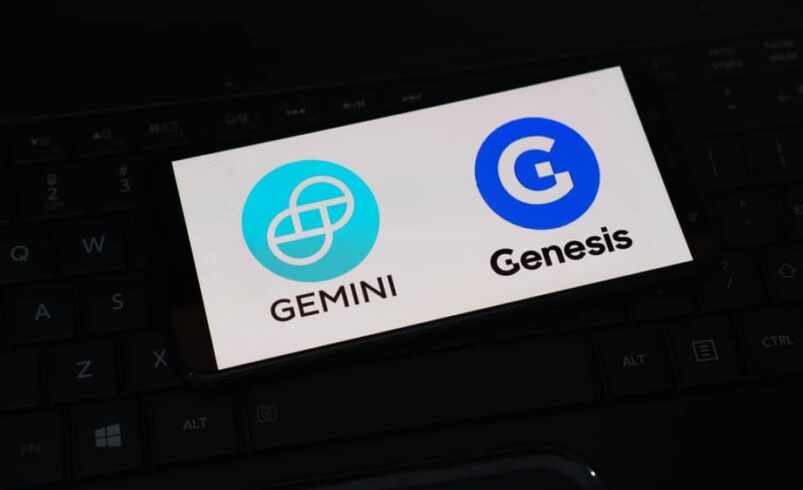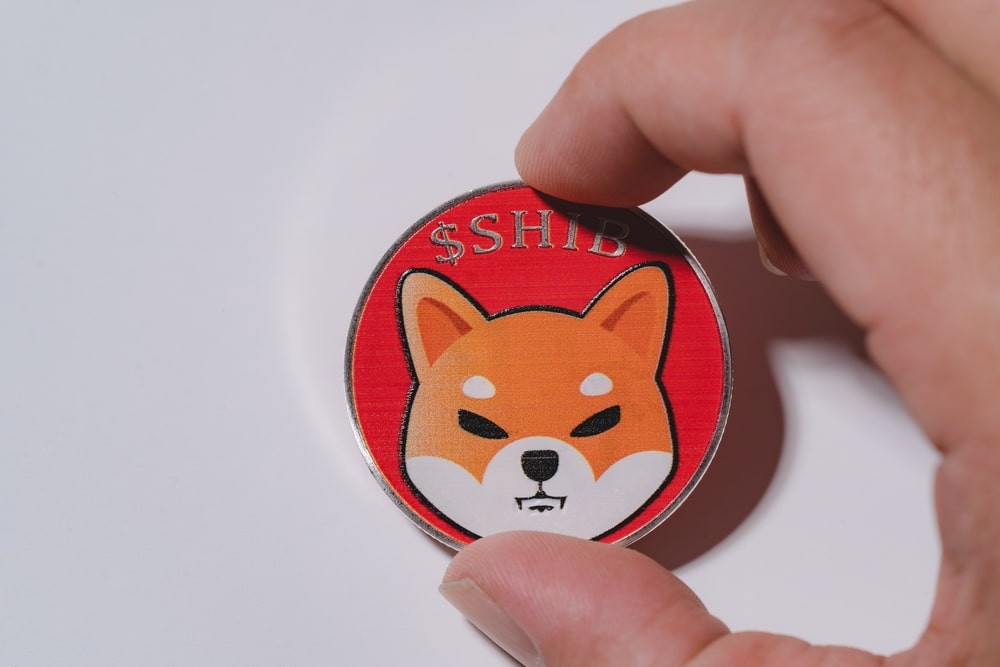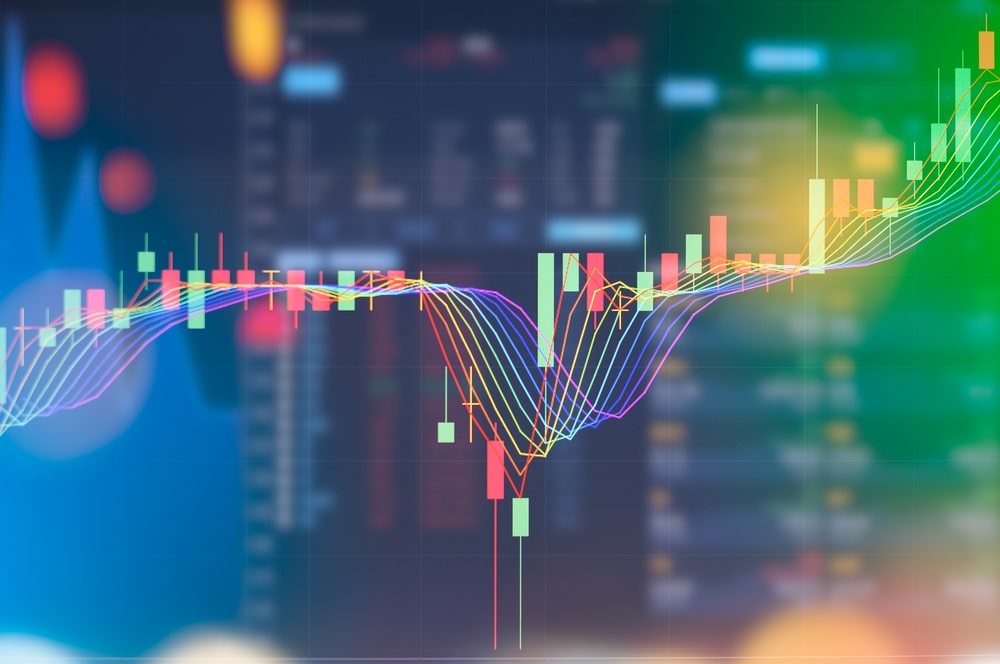Exploring Bitcoin Ordinals: A Comprehensive Guide

The development of Bitcoin ordinals represents an inventive step forward for the pioneer cryptocurrency. It has attracted attention from many in the blockchain community within a relatively short timeframe. This document delves into the essence and functioning of Bitcoin ordinals.
With the rise of non-fungible tokens (NFTs), many queried the relationship between digital items and the blockchain. In 2021, NFTs witnessed remarkable growth, yielding billions in revenue and diverse applications. Yet, due to its foundational design, the Bitcoin (BTC) network needed to be equipped to support NFTs. Networks such as Ethereum (ETH), Polygon (MATIC), and Cardano (ADA) provided the necessary platform for NFT creation and exchange. Originally, Bitcoin was designed by Satoshi Nakamoto to enhance financial transfer efficiency, privacy, and versatility. Some, however, felt that Bitcoin’s focus needed to be narrower than platforms like Ethereum, which supported a broader range of functionalities through smart contracts.
In response to this feedback, several modifications were made to the Bitcoin network, resulting in various forks, including SegWit, Bitcoin Gold, and Taproot. A noteworthy update, Bitcoin Ordinals, crafted by Casey Rodarmor, can embed metadata in images, texts, and more. This could signal the beginning of NFT minting on Bitcoin. Notably, the mechanics of Bitcoin ordinals deviate from traditional NFTs.
Understanding Bitcoin Ordinals
Often referred to as Bitcoin NFTs, Bitcoin ordinals are digital assets encoded onto the smallest unit of Bitcoin, the satoshi. These satoshis carry additional information, effectively turning them into unique digital tokens. Before Bitcoin ordinals, there were other attempts to create NFTs on the Bitcoin network, like Counterparty and Stacks. The introduction of Bitcoin NFTs took place in January 2023.
Functionality of Bitcoin Ordinals
The development of Bitcoin ordinals was driven by a desire for more diverse applications of the Bitcoin blockchain. Limitations like the small transaction size were overcome with upgrades like SegWit and Taproot, allowing for more efficient data organization. Satoshis can be identified based on the following:
- Its position in the block.
- The block’s position in the difficulty adjustment period.
- The block’s position in the halving epoch.
- The cycle number.
These categorizations suggest that earlier satoshis are more scarce than subsequent ones. Ordinals use specially designed codes to encapsulate data on satoshis.
Details about Ordinal Inscriptions
These inscriptions are essentially metadata placed on satoshis, distinguishable from Ethereum NFTs due to their direct placement on the blockchain. This data resides in taproot script-path spend scripts with a storage capacity of 4MB. Creation of these inscriptions involves a two-step process, culminating in the display of the content on the blockchain. The underlying concept behind ordinals posits that satoshis can be individually recognized and exchanged on the Bitcoin network.
There are platforms where inscriptions can be exchanged and explored, and specific wallets are now incorporating support for these Bitcoin NFTs. An Ordwallet, for instance, can manage ordinals, introduce inscriptions, and ensure safety against unintended spending.
Comparing Bitcoin Ordinals and Conventional NFTs
While Bitcoin ordinals bear a resemblance to regular NFTs, technical differences exist. The data of Bitcoin ordinals reside directly on the blockchain. In contrast, other NFTs may reference files on separate blockchains—Bitcoin’s fixed supply and data limit present potential constraints for its NFT creations. Rarity in Bitcoin ordinals is often determined by the order of creation, contrasting with traditional NFTs, where artwork attributes define rarity.
Lastly, while traditional NFT platforms can oversee content creation, Bitcoin’s open nature means that any inscriptions, even those potentially controversial or infringing, can be added without censorship.
Use Cases for Bitcoin Ordinals
Currently, the practical applications of Bitcoin ordinals could be more extensive. Their constrained block size hampers their potential in diverse NFT contexts. Embedding a game within a Bitcoin Ordinal is challenging due to the 4MB transaction limitation. Potential areas of exploration for Bitcoin Ordinals may include music, fashion, the virtual universe, supply chain management, premium goods, and artistic creations.
Noteworthy Bitcoin NFT Series
In a brief span, a variety of Bitcoin NFT series have emerged. Highlighting some prominent Bitcoin NFT series:
- Ordinal Punks: This series comprises 100 NFTs minted from the initial 650 inscriptions on the Bitcoin blockchain, with bids ranging from 3.7 BTC to 50 BTC.
- Taproot Wizard: Crafted by Udi Wertheimer, it’s a unique collection of artistically designed NFT wizards.
- Bitcoin Rock: This series of 100 NFTs echoes the essence of Ether Rock, one of Ethereum’s inaugural NFT series.
- Timechain Collection: This exclusive series of 21 ordinals showcases diverse time-keeping instruments, ranging from pocket watches to grandiose clock towers.
- Ordinal Loops: Object 0 features a revolving mathematical shape and is a distinctive animation in its initial series, fetching a price of 7.156 BTC ($156,500) at auction.
Pros and Cons
Bitcoin ordinals offer several advantages. They can bolster Bitcoin’s functionality, user base, and adoption rate. Unlike Ethereum NFTs, ordinal transactions stand out for their decentralization, security, and transparency. Assets are directly tied to the blockchain, with relatively modest transaction fees.
However, concerns such as copyright infringements and privacy breaches can undermine the integrity of Bitcoin ordinals. The absence of a regulatory framework in this decentralized space is noteworthy. For some purists within the Bitcoin development community, the advent of Bitcoin ordinals marks a diversion from its foundational financial objectives.
Final Thoughts
Bitcoin ordinals represent an inventive step for the pioneering cryptocurrency. They’ve quickly garnered interest among blockchain aficionados. Yet, it’s crucial to approach them with discretion, recognizing potential vulnerabilities. With optimism, they could further enhance the versatility of the Bitcoin network shortly.
DISCLAIMER: It's essential to understand that the content on this page is not meant to serve as, nor should it be construed as, advice in legal, tax, investment, financial, or any other professional context. You should only invest an amount that you are prepared to lose, and it's advisable to consult with an independent financial expert if you're uncertain. For additional details, please review the terms of service, as well as the help and support sections offered by the provider or promoter. While our website strives for precise and impartial journalism, please be aware that market conditions can shift unexpectedly and some (not all) of the posts on this website are paid or sponsored posts.









